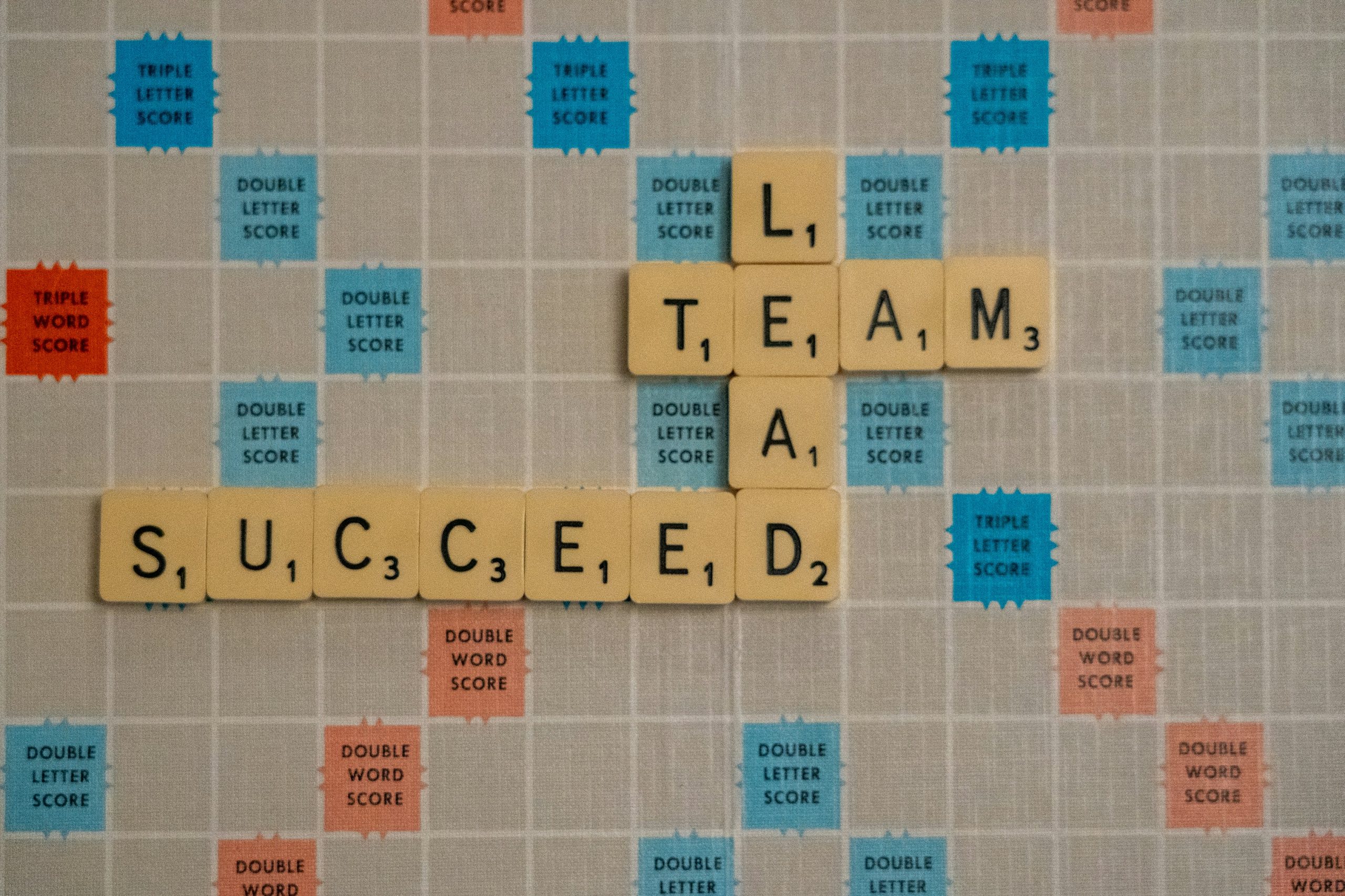Monday, January 11, 2021
Susan Robertson, CAE, President and CEO, ASAE: The Center for Association Leadership
Stephen J. Caldeira, Chair of the Board, ASAE: The Center for Association Leadership
Finally, a line has been crossed and associations are standing up to say “enough.”
Many of us in the association community have watched in dismay in the past four years as the Trump administration violated civil rights, our democratic norms, and human decency, and our community, too often, was silent. Among the Trump administration’s many violations:
- Implementing draconian measures to block travel by Muslims, including US green card holders, to the United States.
- Forcibly separating undocumented immigrant children from their parents, 545 of whom still have yet to be reunited with their families.
- Ordering members of the National Guard and other law enforcement personnel to attack peaceful protestors in front of The White House who were speaking out against racially-driven police brutality and affirming that Black Lives Matter in order to stage a photo op.
- Denying science and willfully mismanaging the response to a global pandemic that has resulted in the death of more than 365,000 Americans, a number that increases daily.
Finally, when Donald Trump incited his radical right wing supporters to attempt to overthrow the results of the November election and encouraged them to commit acts of domestic terrorism against our own government by attacking the United States Capitol, associations spoke out strongly.
The National Association of Manufacturers called immediately for Donald Trump’s removal from office via the 25th Amendment to our Constitution.
They were quickly followed by others, as reported by Politico:
- The Business Roundtable noted that the attempted insurrection “makes clear that elected officials’ perpetuation of the fiction of a fraudulent 2020 presidential election is not only reprehensible, but also a danger to our democracy, our society and our economy.”
- North America’s Building Trades Unions President Sean McGarvey demanded Trump either resign or be removed via the 25th Amendment, along with Republican lawmakers who objected to certification, singling out Sens. Ted Cruz and Josh Hawley by name.
- Jim Nussle, leader of the Credit Union National Association and a former Republican Member of Congress, announced that he is leaving the GOP, “outraged and devastated by the actions of too many elected Republicans (some I know and served with) and supporters.”
Mike Sommers, President of American Petroleum Institute, when asked by the Washington Post about Trump’s role, said: “I blame him completely. He has proven himself unworthy of the office of being president.”
NTEN, the Nonprofit Technology Education Network, immediately sent a letter to members that modeled a proactive problem/solution/support approach, which read in part:
“President Trump incited an angry mob as part of his ongoing attempt to undo President-elect Biden’s election. NTEN supports the calls for the House of Representatives to impeach President Trump. We also support calls for the Cabinet to invoke the 25th Amendment and remove him from office immediately.
Meanwhile, our immediate challenges continue to need our combined efforts. Even during a coup, nonprofits across the U.S. are providing community members with food, shelter, and health care. It’s alright to feel exhausted and overwhelmed. But you’re not alone in the struggle. We see you. We support you. And we’re here with you.”
In contrast, on Thursday, January 7, 2021, ASAE released, via tweet and an unsigned email to members, a weak and equivocal statement that condemned the “breach by rioters” but refused to name them, call out who was responsible, or take any position on a solution.
To quote Washington, DC Ward 6 Council member Charles Allen: “This was not a protest; this was a violent act against our country. It was terrorism, period… [we] will not be safer unless we tell the truth of this moment and name those who foment or perpetuate racial and anti-Semitic terror and white supremacy. This requires collective and individual accountability.”
It appears that ASAE is trying to skip directly to reconciliation without first doing the hard work of acknowledging who is responsible – Donald Trump, his many enablers in the Republican party and right-wing media, and his supporters – and taking active steps to create restorative justice.
What would requiring accountability look like?
To quote ASAE’s Diversity and Inclusion statement:
“Building on our 30-year D+I commitment, we are especially concerned with creating space for the difficult conversations, hearing the voices least heard, and providing leadership where it is needed in governance and operations.”
If, even in the wake of the shameful white terrorist insurrection that took place in its own backyard, ASAE is not willing to publicly engage those difficult conversations and provide leadership by taking substantial and significant action to support racial justice, claiming a commitment to diversity and inclusion is meaningless.
The path to restorative justice is neither easy nor fast and must engage many more members of the association community than the authors and co-signers of this letter.
One concrete action ASAE could take immediately would be to pledge that APAC will not now or in the future contribute to any candidate or incumbent who supported Donald Trump’s attempt to overturn the results of the election, whether through signing on to the Supreme Court amicus brief, speaking against election certification on the floor of the House or Senate, or voting against certifying any state’s electoral college votes.
We call on ASAE and our friends and colleagues in the association community to do the hard work of bending the arc of the moral universe towards justice.
Elizabeth Weaver Engel, MA, CAE, Chief Strategist, Spark Consulting
Barbara J. Armentrout, CAE
Joan L. Eisenstodt, Chief Strategist, Eisenstodt Associates, LLC, and Past Chair, ASAE Ethics Committee
Dina Lewis, CAE, President, Distilled Logic, LLC, and Member, ASAE Communication Professionals Advisory Council
Sherry A. Marts, Ph.D., President and CEO, S*Marts Consulting LLC
Maggie McGary,CEO & Chief Strategist at McGary Associates
45 additional ASAE member association executives signed onto the letter between January 11-31, 2021. The letter was formally sent to Ms. Robertson and Mr. Calderia on Tuesday, February 2, 2021. If and when ASAE responds, I will update this post.
ASAE responded on Monday, February 8, 2021. You can read a PDF of their letter here: ASAE Response to Feb. 2 Open Letter.



